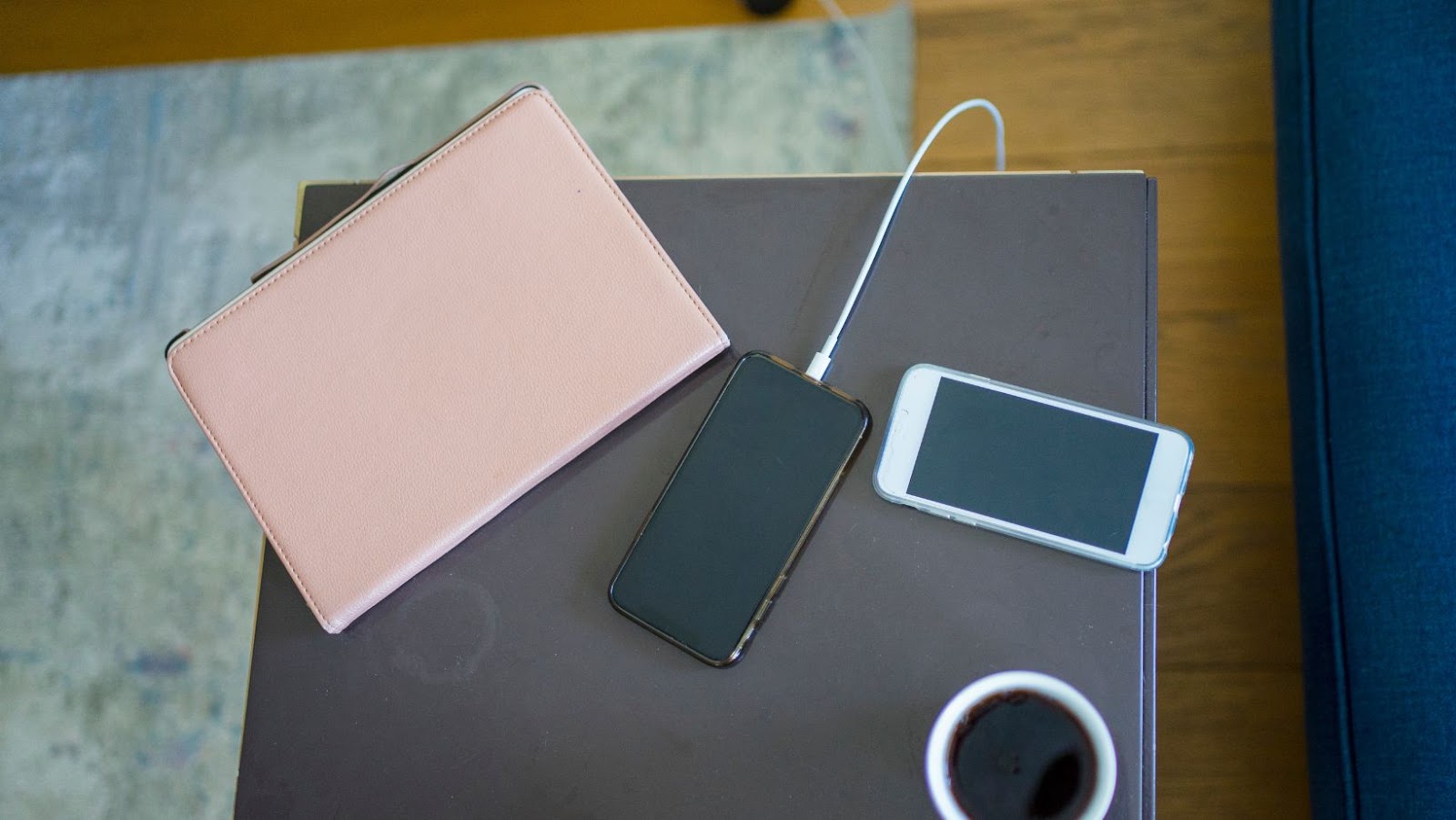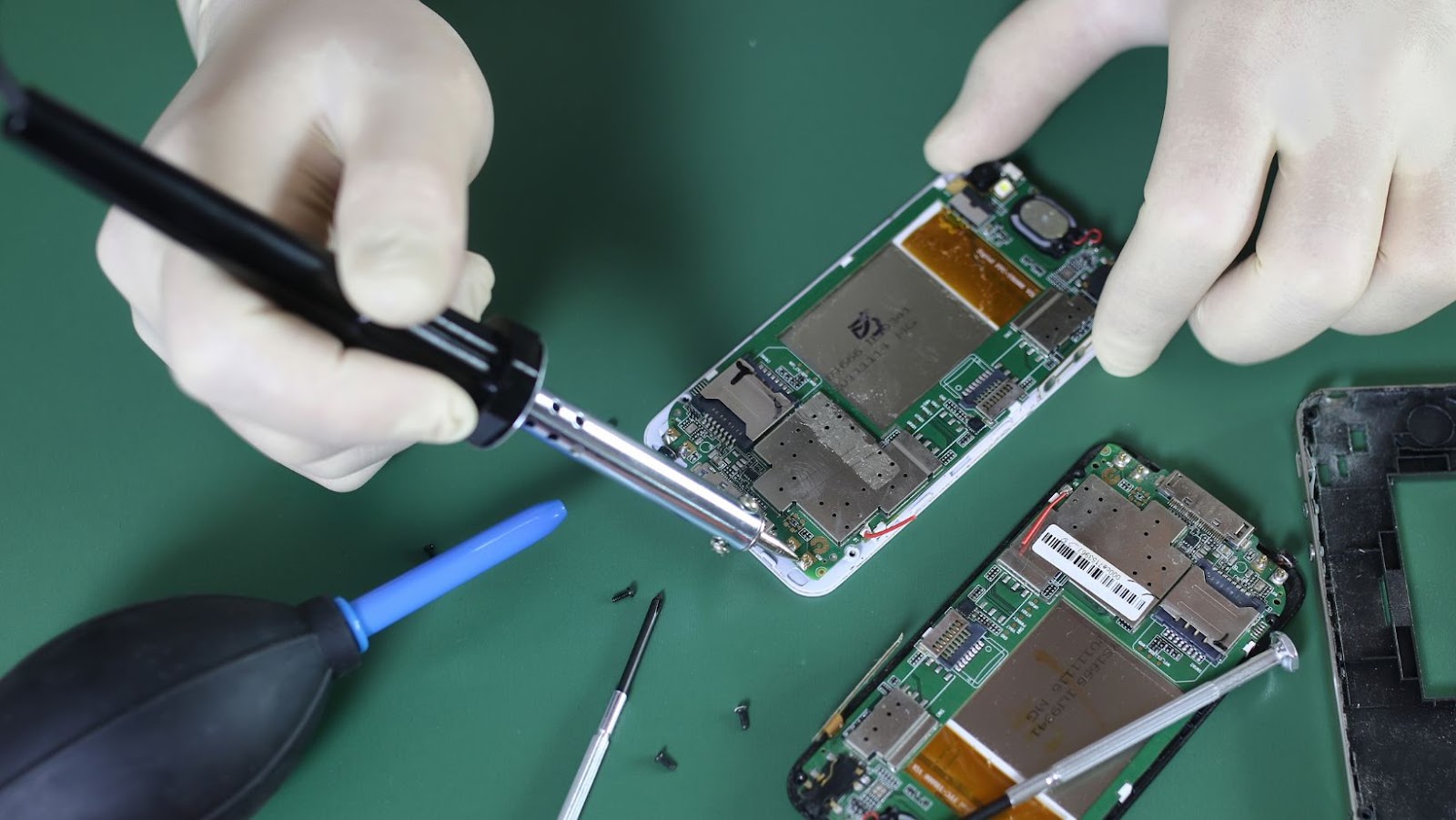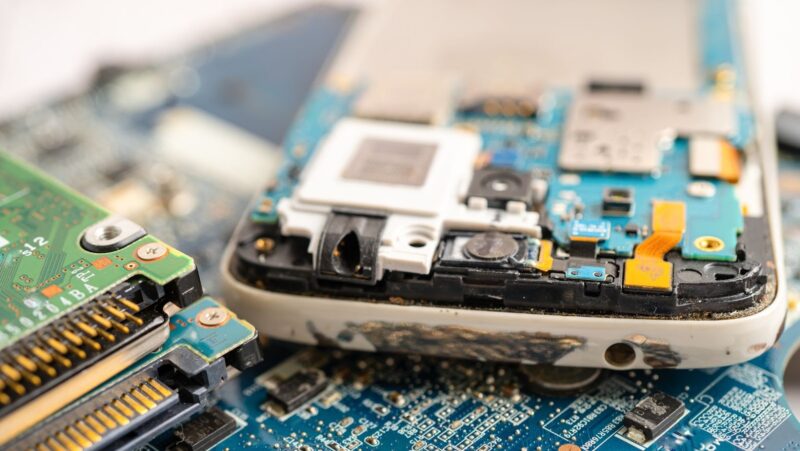Introduction
Since the iPhone 14 Pro was announced, a lot of people have been talking about its A16 chip. This processor is said to be the most powerful yet, and has already been used in the iPad Pro. But how does this powerful A16 chip affect Apple’s latest flagship phone?
We’ll examine the details and discuss what makes the A16 chipset special.
Overview of the A16 Chip
The A16 Bionic is the latest chip in Apple’s line of cutting-edge processors powering its most recent flagships, including the iPhone 14 Pro. Known to be a 6-core fusion architecture consisting of four high efficiency cores, and two high performance cores, each engineered with unique capabilities. This allows the chip to execute tasks accordingly while maintaining top speeds and providing smooth user experience.
The efficiency and speed achieved in such a small form factor offers users great benefits, such as improved battery life and better user experience when operating intensive programs or multitasking. The chipset is also 5 nm based, enhancing its performance even further as it consumes around 25% less power than predecessors.
The A16 chip also offers more support for AI processes. Apple has equipped this processor with an 8-core Neural Engine that can deliver up to 11 trillion operations per second – three times faster than its predecessor (A13). This means all graphics intensive games should run smoother, ensure faster photo edits, more natural sounds for voice recognition tasks and more proficient machine learning processes for AR applications.
Most impressive is this new technology is that lives within iPhone 14 Pro’s thin frame without compromising on space or temperatures due to Apple’s advanced cooling system built into the design of this device. In summary, it’s clear why the A16 Chip would be a major benefit in allowing users of the iPhone 14 Pro offering enhanced user experience all in an energy efficient package!
How the A16 Chip Impacts the iPhone 14 Pro
With the A16 chip, the iPhone 14 Pro takes performance to a new level. The A16 chip provides up to 20% faster performance than its predecessor, the A15 chip, offering faster gaming and improved multitasking capabilities. It also features an 8-core design and runs on a 5nm process, making it one of the most advanced mobile processors.
Let’s explore other ways the A16 chip enhances the performance of the iPhone 14 Pro.
Increased Speed and Efficiency
The A16 chip is a major component of the new iPhone 14 Pro, enhancing both speed and efficiency. Apple has ensured that the A16 provides an incredibly fast and smooth operation, while consuming less power than other chips. It also includes an optimized Neural Engine that provides performance benefits related to machine learning. With this engine, iPhone 14 Pro can perform computations up to 11 times faster when compared to the iPhone 12 Pro series.
The A16 also features enhanced graphics processing capabilities enabled through improved thermal design optimizations, allowing for improved graphical performance and longer battery life. In fact, according to Apple, the new neural engine can bring up to a 30 percent improvement in graphics performance for certain tasks compared to the previous generation chip (A14 Bionic).
Overall, with many improvements introduced on board of the new A16 chip, users will experience significant increases in speed without sacrificing battery life or accuracy. Moreover, they will benefit from better Siri performance and outstanding gaming experience on their iPhones.
Improved Battery Life
The A16 chip in the iPhone 14 Pro increases performance and ensures a longer battery life. With its advanced architecture, the A16 chip integrates more transistors on a single chip than any other chip before it. This allows for more efficient operation, translating to improved power efficiency and significantly improved battery life outlasts preceding models. During performance tests, the iPhone 14 Pro could continuously play over 8 hours of 4K video on a single battery charge—nearly two times longer than its predecessor.
The A16 chip’s low-power design also lets it power down quickly when not used, extending its battery life. Additionally, the A16’s Reduced Instruction Set Computing (RISC) design makes it better at performing specific tasks by executing instructions quickly and efficiently than traditional processor designs requiring more complex instructions.
With an impressive combination of performance and power savings, users can now use their device without worrying about frequency or needing frequent recharges throughout their day.

Graphics
The A16 chip has revolutionized graphics for the iPhone 14 Pro by making them more powerful, vivid, and life-like. The chip has also enabled the phone to process graphics more quickly and efficiently, making gaming and video streaming much smoother.
Let’s look at how the A16 chip impacts graphics performance on the iPhone 14 Pro.
Improved Graphics Processing
The A16 processor in the iPhone 14 Pro has generated considerable discussion in the tech community. While much of this revolves around its speeds and performance, the new chip also has impressive graphics capabilities.
With its six processing cores, four powerful GPUs (Graphics Processing Units) and an amazing 16-core Artificial Intelligence (AI) neural engine, the A16 chip brings remarkable graphics improvements to the brand’s latest device. These combined components will make ultra sharp visuals available for games or professional apps such as image and video editing tools.
The four GPU cores are based on Apple’s new Bionic Gen 10 processor architecture and intended for high-performance tasks like 3-D rendering and ray tracing. This arrangement allows the iPhone 14 Pro to generate rich photos, colors and textures with clear contrast levels for incredibly realistic images. In addition, the A16 Bionic is engineered to offer up to a 50 percent faster operating speed than previous models.
As a result, apps requiring intense graphical operations will take advantage of improved thermals that help ensure steady performance no matter how intensively they are used. Improved machine learning capabilities ensures continual monitoring of apps running on the device while distributed GPU work is shifted as needed to optimize overall system performance with minimal battery consumption.
Enhanced Visuals
The A16 chip powers some of the most impressive graphics on the iPhone, allowing users to experience the highest level of visuals in general and gaming applications. With this chip, users can expect more realistic renderings for movies and TV shows, better gaming experience with 3D graphics, color accuracy and faster speed. Furthermore, it’s designed to be incredibly power-efficient, allowing you to use your iPhone longer without feeling drained. This also ensures that all apps run smoother with fewer frame drops when performing demanding tasks like gaming or streaming high-resolution videos.
Plus, Apple has made some changes in enhancing True Tone visuals to give you a better viewing experience on upgraded displays like OLED. This means that all colors become richer, more vivid and look more natural using this technology alongside the A16 chip so that users have a balanced viewing experience no matter their device. In addition, the HDR support has been improved so that blacks become deeper. At the same time, whites appear brighter giving you a more immersive viewing experience than ever before even under direct sunlight or other bright environments.

Security
The iPhone 14 Pro is equipped with the A16 chip, providing extra security features such as hardware and software. It can detect malicious code, protect stored data, and ensure secure transactions when using the device.
Furthermore, the A16 chip offers extended support for biometric authentication, modern encryption standards, and secure boot.
Let’s take a closer look at how these features enhance the security of the iPhone 14 Pro.
Advanced Encryption
The iPhone 14 Pro features the A16 processor and its superior ability to power faster, more secure encryption. Encryption converts readable data into a scrambled form that is only able to be accessed with a security key. In addition, the A16 supports 256-bit encryption, an industry leading standard that provides even higher levels of protection than ever before. As a result, it can help shield you from online predators and malicious attacks while safely storing sensitive data on your device.
Data over networks such as Wi-Fi and 5G also benefit significantly from the A16 chip’s better performance in protecting it against hackers who attempt to intercept communications using various protocols or methods. This is accomplished by adding extra layers of verifications and validations that help confirm the integrity of transmitted data. In addition, the 256-bit encryption provides another level of logic checks which can further verify the originality of messages sent to prevent interception.
The A16 also uses low-latency encryption that helps reduce wait times while sending encrypted information, ensuring smoother transitions when carrying out services like payment processing, banking, or even eCommerce operations. The new security set up provided by Apple with their latest A16 chip offers advanced levels of encryption for your busy day-to-day life with your iPhone 14 Pro.
Improved Face ID
The most immediate security benefit of the A16 chip in the iPhone 14 Pro is improved Face ID. Face ID uses advanced facial recognition technology and AI to securely unlock the phone and sign into apps. It works by building an incredibly detailed map of your face with invisible dots that are unique to you – these are read from your eyes, nose, mouth and other facial features. Your iPhone then stores this information and compares what it sees against the image that was stored when it’s time to unlock your phone.
This technology is made possible by Apple’s proprietary A16 processor and Neural Engine combination, enabling sophisticated facial recognition even in low light conditions with near perfect accuracy. Furthermore, Apple has added additional layers of security on top of Face ID’s already robust features such as a 4x faster performance than previous models, along with enhanced security practices like False Acceptance Rate (FAR) protection to reduce the risk of any unauthorized unlocks. This makes it virtually impossible for anyone trying to access your device without your express permission!
Conclusion
The newly announced A16 Bionic Chip has proven to be an impressive advancement in the development of mobile technology. With its improved performance and power efficiency, the A16 chip should positively impact the iPhone 14 Pro.
Through this article, we have explored the A16 Chip and discussed how it will impact the user experience on the iPhone 14 Pro.
Summary of the Benefits of the A16 Chip
The A16 chip offers a significant upgrade over the A15 and will provide real-world benefits to users of the iPhone 14 Pro.
The A16 is a 6nm processor which is about 15 percent faster than its predecessor, providing improved performance for certain tasks like gaming and augmented reality. The processor also consumes less power, meaning devices can run longer on a single charge, potentially extending battery life even further.
In addition to improved performance, the A16 chip also comes with additional features. The Neural Engine has been upgraded from 16 to 24 cores offering twice the performance for AI computation tasks and new capabilities such as face recognition and image classification. It also enables GPU acceleration of graphics which improves graphical performance of games and applications supporting this feature. In addition, apple has equipped the chip with hardware support for Dolby Atmos and ray tracing capabilities, allowing offloading of these intensive processing tasks from GPUs.
Overall, users of the iPhone 14 Pro can expect a significant improvement in computing power and an array of additional features powered by the advanced A16 chip, driving new possibilities in mobile technology.







